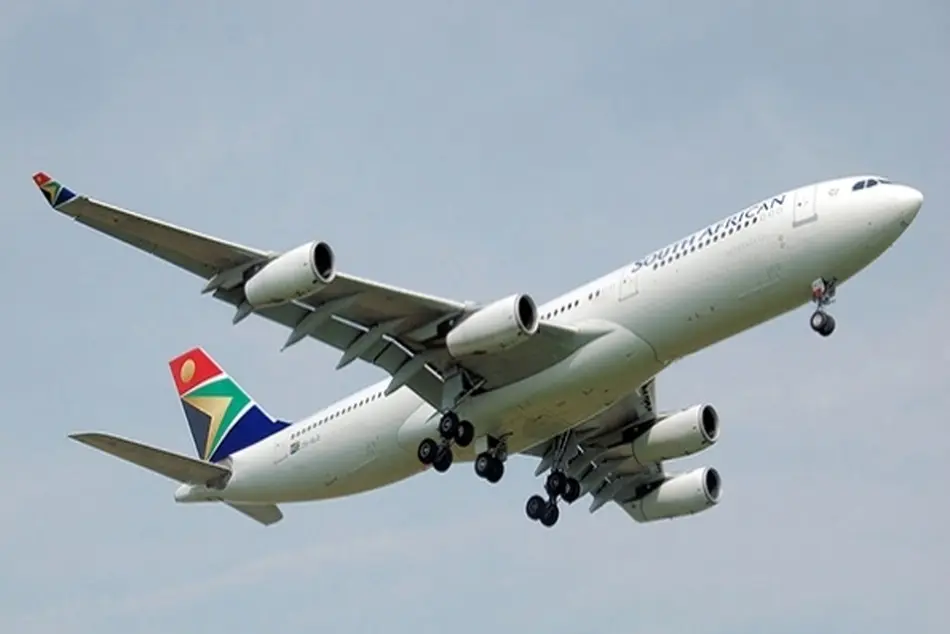South African government bails out SAA

The South African government has had to step in to pay a looming loan repayment from South African Airways (SAA) to prevent the national carrier from defaulting.
The move follows a $350 million bailout by the government, which had to provide guarantees for the airline in 2016.
In a statement, the South African Government National Treasury said it had transferred funds to SAA “to pay back its debt to Standard Chartered Bank, thereby preventing a default.”
Failure to have done so “would have triggered a call on the guarantee, leading to an outflow from the National Revenue Fund and possibly resulting in elevated perceptions of risk related to the rest of SAA’s guaranteed debt.”
The parliamentary opposition party, the Democratic Alliance, described the government’s action as “a blow to the credibility of both the SAA board and to National Treasury. This emergency funding for SAA indicates the serious crisis that SAA has been mismanaged into.”
SAA has been struggling financially for several years. It made a net loss of ZAR1.5 billion ($111 million) for the year ended March 31, 2016, the last period for which figures are available. This, however, was a considerable improvement on the previous year, when the net loss reached ZAR5.6 billion.
The airline has been hamstrung by an increasingly elderly and fuel-inefficient long-haul fleet based around the Airbus A340. It has also been plagued by unsettled management, with a succession of CEOs and chairmen in recent years, several of whom have been suspended for alleged misdemeanors.
Like many African airlines, SAA is also coming under pressure from the three big Middle Eastern carriers, which are rapidly expanding into Africa and siphoning off traffic to their Gulf hubs.
The government has been seeking to recapitalize SAA for some time, the National Treasury said. “Several options are being explored and an update will be provided during the Medium Term Budget Policy Statement in October 2017. Government will do everything in its power to ensure that the airline’s turnaround strategy is implemented. The airline remains a strategic asset and in its role as flag carrier, it serves as an economic enabler with direct and indirect benefits across a wide range of economic activity.”
